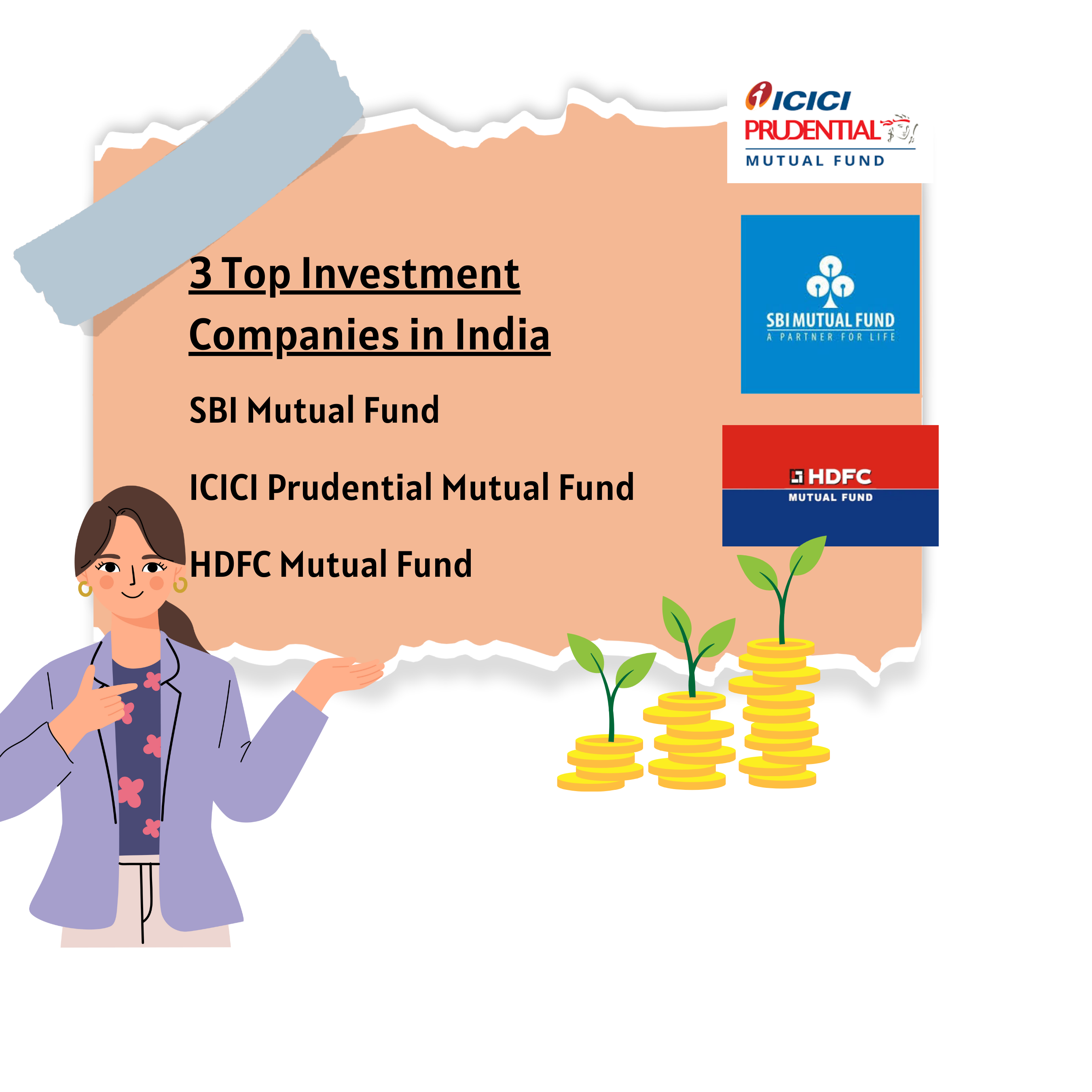Financial Planning and Analysis: Uncovering What It Is, Importance, and Benefits [Full Guide]
![Financial Planning and Analysis: Uncovering What It Is, Importance, and Benefits [Full Guide]](https://newscanvass.com/wp-content/uploads/2023/10/IMG-20231011-WA0005-1.jpg)
Take a guess. What is the top most desired trait in a company? Is it communication or leadership? Most likely it’s neither.
In the dynamic landscape of business, adaptability is the most important trait of a company. Any organisation today needs to pivot swiftly and develop strategies that are not only streamlined but also resilient.
In fact, financial planning analysts and professionals are now tasked with peering into the future and providing data-driven insights that empower confident decision-making throughout the entire organisation.
Here, we’ll delve into the world of Financial Planning and Analysis (FP&A). To begin with, let’s get to….
What is Financial Planning and Analysis?
So, what exactly is FP&A? Well, FP&A stands for Financial Planning and Analysis, and it refers to a spectrum of activities aimed at supporting business decisions and ensuring the financial health of a company.
These activities include:
- planning
- forecasting
- budgeting
- conducting in-depth analytical work
At its core, FP&A serves as a compass for businesses, guiding them through the tumultuous waters of economic uncertainty and market volatility. FP&A professionals are the navigators, using data-driven insights to chart a course toward financial success.
Let’s try some metaphors to truly understand FP&A.
The Essence of FP&A
FP&A is like a corporate orchestra, where financial data, operational data, and external data like market trends all harmonise in perfect sync.
FP&A is the conductor, ensuring that this symphony of information plays in unison to provide a holistic view of the company’s financial health.
What Does Financial Planning & Analysis Do, Exactly?
Well, FP&A does not just one, but several things for a company. Let’s see how.
1. Fast and Accurate Financial Analysis
FP&A teams provide quick and precise financial analysis and advice to business leaders. They help answer critical questions and foresee the impact of potential decisions on cash flow and profitability.
For instance, they might analyze sales data to determine how a price change would impact profitability, helping the company make informed pricing decisions.
2. Monitoring Financial Health
Keeping a finger on the financial pulse, FP&A professionals assess and monitor the overall financial health and investments of the company.
For example, FP&A professionals could project cash flow for the next quarter to ensure there’s enough liquidity to cover expenses and investments.
3. Creating Agile Financial Plans
Using their expertise, FP&A teams develop flexible and integrated financial plans that account for various scenarios.
This is particularly crucial in today’s dynamic business environment.
For instance, FP&A professionals might help develop a budget that can adapt to changes in market conditions, allowing the company to stay on course even if sales fluctuate.
4. Collaboration and Alignment
FP&A professionals collaborate with different departments to prepare and consolidate budgets. They align corporate strategy with execution and continuously track performance.
An example would be working with the marketing team to allocate resources effectively, ensuring that marketing campaigns align with the overall financial strategy.
5. Identifying Opportunities and Risks
Beyond traditional financial tasks, FP&A delves into identifying new revenue opportunities and assessing risks. It helps businesses navigate uncertainty with data-backed insights.
For example, they could uncover trends suggesting a new product or service offering that could boost sales and profitability.
The Financial Planning & Analysis Process
Now that you’re well-versed with FP&A and how exactly it helps. Let’s now dive headfirst into the process that fuels FP&A:
1. Data Collection and Verification
The journey begins with collecting financial and operational data from various sources, including ERP systems and data warehouses.
External data, such as market trends, may also be collected. This data must be consolidated, standardised, and verified for accuracy.
2. Planning and Forecasting
With the data in hand, FP&A analysts create financial forecasts that predict the company’s future performance.
Various planning methods, such as predictive planning, driver-based planning, and multi-scenario planning, are employed to anticipate different outcomes.
3. Budgeting
In this phase, FP&A professionals estimate the expenses required to execute the corporate plan.
They allocate expense budgets to business units or functions based on expected revenue and cash flow. Budgets are usually created annually but are updated regularly.
4. Performance Monitoring and Analytics
FP&A teams continuously analyze financial data and monitor performance, including sales, expenses, profit, cash flow, and other key performance indicators.
They generate reports, data visualizations, and narratives to aid decision-makers.
But there have been recent developments in the field of FP&A that you must be aware of. A new variant of FP&A is Extended Planning & Analysis. Let’s take a look at it.
The Emergence of Extended Planning And Analysis
In 2020, Gartner introduced the concept of xP&A, which stands for extended planning and analysis. xP&A integrates the best capabilities of FP&A, such as
- forecasting
- continuous planning
- advanced analytics
- performance monitoring across the entire enterprise.
It breaks down silos between departments and synchronises plans.
Cloud-based xP&A solutions connect people and unify data across core operational areas like finance, supply chain, HR, and sales.
This holistic approach ensures that everyone in the organisation is on the same page, working towards common goals.
In a world where change is the only constant, businesses that embrace smart FP&A tools, powered by advanced technologies, have a significant impact.
You must note that FP&A is not just about numbers; it’s about equipping businesses with the knowledge and insights they need to navigate the uncertain seas of the modern business world successfully.
It’s about empowering organisations
to make strategic decisions with confidence and strength, no matter what challenges lie ahead.
Take a guess. What is the top most desired trait in a company? Is it communication or leadership? Most likely it’s neither.
In the dynamic landscape of business, adaptability is the most important trait of a company. Any organisation today needs to pivot swiftly and develop strategies that are not only streamlined but also resilient.
In fact, financial planning analysts and professionals are now tasked with peering into the future and providing data-driven insights that empower confident decision-making throughout the entire organisation.
Here, we’ll delve into the world of Financial Planning and Analysis (FP&A). To begin with, let’s get to….
What is Financial Planning and Analysis?
So, what exactly is FP&A? Well, FP&A stands for Financial Planning and Analysis, and it refers to a spectrum of activities aimed at supporting business decisions and ensuring the financial health of a company.
These activities include:
- planning
- forecasting
- budgeting
- conducting in-depth analytical work
At its core, FP&A serves as a compass for businesses, guiding them through the tumultuous waters of economic uncertainty and market volatility. FP&A professionals are the navigators, using data-driven insights to chart a course toward financial success.
Let’s try some metaphors to truly understand FP&A.
The Essence of FP&A
FP&A is like a corporate orchestra, where financial data, operational data, and external data like market trends all harmonise in perfect sync.
FP&A is the conductor, ensuring that this symphony of information plays in unison to provide a holistic view of the company’s financial health.
What Does Financial Planning & Analysis Do, Exactly?
Well, FP&A does not just one, but several things for a company. Let’s see how.
1. Fast and Accurate Financial Analysis
FP&A teams provide quick and precise financial analysis and advice to business leaders. They help answer critical questions and foresee the impact of potential decisions on cash flow and profitability.
For instance, they might analyze sales data to determine how a price change would impact profitability, helping the company make informed pricing decisions.
2. Monitoring Financial Health
Keeping a finger on the financial pulse, FP&A professionals assess and monitor the overall financial health and investments of the company.
For example, FP&A professionals could project cash flow for the next quarter to ensure there’s enough liquidity to cover expenses and investments.
3. Creating Agile Financial Plans
Using their expertise, FP&A teams develop flexible and integrated financial plans that account for various scenarios.
This is particularly crucial in today’s dynamic business environment.
For instance, FP&A professionals might help develop a budget that can adapt to changes in market conditions, allowing the company to stay on course even if sales fluctuate.
4. Collaboration and Alignment
FP&A professionals collaborate with different departments to prepare and consolidate budgets. They align corporate strategy with execution and continuously track performance.
An example would be working with the marketing team to allocate resources effectively, ensuring that marketing campaigns align with the overall financial strategy.
5. Identifying Opportunities and Risks
Beyond traditional financial tasks, FP&A delves into identifying new revenue opportunities and assessing risks. It helps businesses navigate uncertainty with data-backed insights.
For example, they could uncover trends suggesting a new product or service offering that could boost sales and profitability.
The Financial Planning & Analysis Process
Now that you’re well-versed with FP&A and how exactly it helps. Let’s now dive headfirst into the process that fuels FP&A:
- Data Collection and Verification
The journey begins with collecting financial and operational data from various sources, including ERP systems and data warehouses.
External data, such as market trends, may also be collected. This data must be consolidated, standardised, and verified for accuracy.
- Planning and Forecasting
With the data in hand, FP&A analysts create financial forecasts that predict the company’s future performance.
Various planning methods, such as predictive planning, driver-based planning, and multi-scenario planning, are employed to anticipate different outcomes.
- Budgeting
In this phase, FP&A professionals estimate the expenses required to execute the corporate plan.
They allocate expense budgets to business units or functions based on expected revenue and cash flow. Budgets are usually created annually but are updated regularly.
- Performance Monitoring and Analytics
FP&A teams continuously analyze financial data and monitor performance, including sales, expenses, profit, cash flow, and other key performance indicators.
They generate reports, data visualizations, and narratives to aid decision-makers.
But there have been recent developments in the field of FP&A that you must be aware of. A new variant of FP&A is Extended Planning & Analysis. Let’s take a look at it.
The Emergence of Extended Planning And Analysis
In 2020, Gartner introduced the concept of xP&A, which stands for extended planning and analysis. xP&A integrates the best capabilities of FP&A, such as
- forecasting
- continuous planning
- advanced analytics
- performance monitoring across the entire enterprise.
It breaks down silos between departments and synchronises plans.
Cloud-based xP&A solutions connect people and unify data across core operational areas like finance, supply chain, HR, and sales.
This holistic approach ensures that everyone in the organisation is on the same page, working towards common goals.
In a world where change is the only constant, businesses that embrace smart FP&A tools, powered by advanced technologies, have a significant impact.
You must note that FP&A is not just about numbers; it’s about equipping businesses with the knowledge and insights they need to navigate the uncertain seas of the modern business world successfully.
It’s about empowering organisations to make strategic decisions with confidence and strength, no matter what challenges lie ahead.
.









